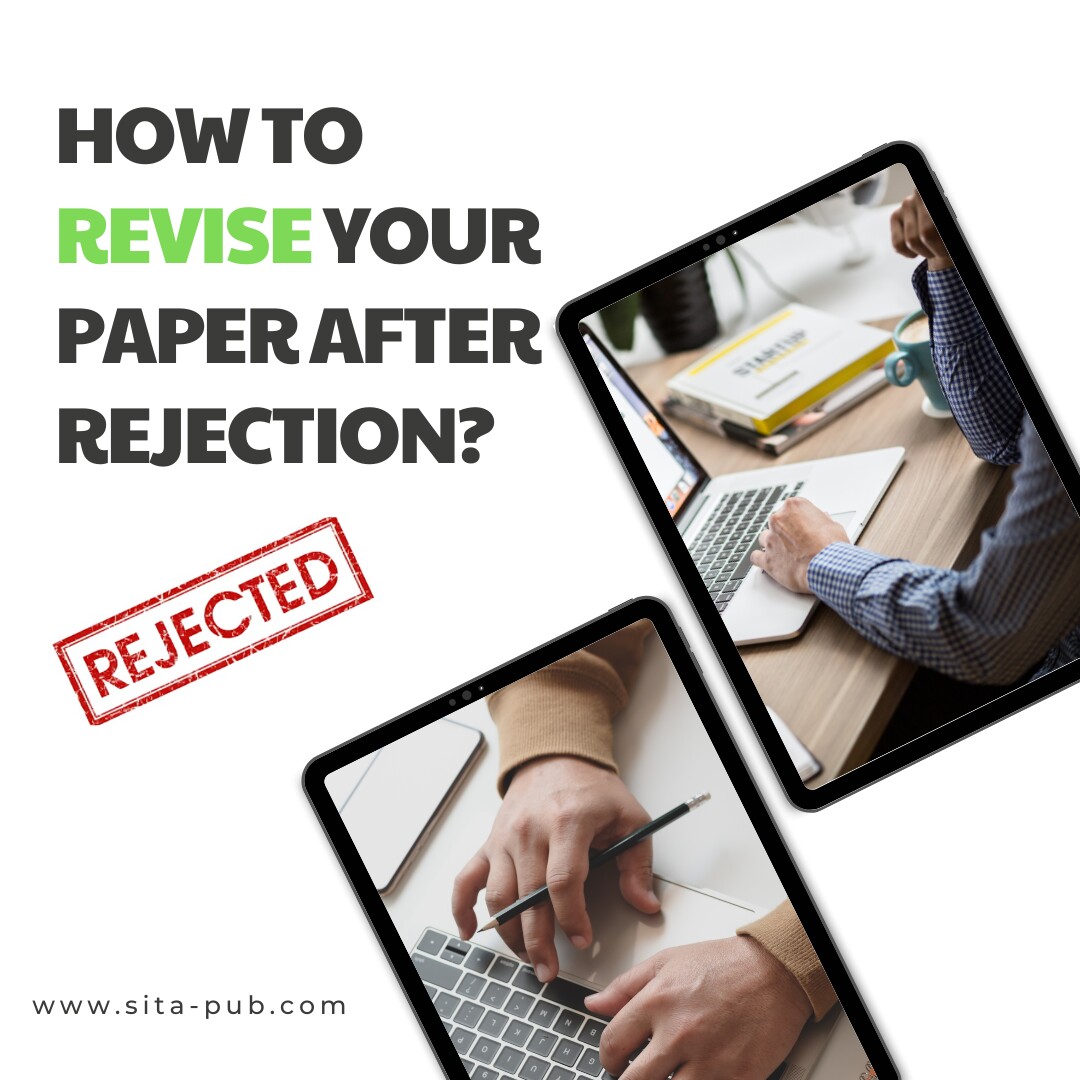How to Revise Your Paper After Rejection?


Getting a rejection letter for your research paper can feel very discouraging. It’s normal to be upset, but remember that rejection happens to many researchers. Instead of seeing it as a failure, think of it as a chance to improve your work. Here’s how to effectively revise your paper after it has been rejected.

Rejection can happen for many reasons. Sometimes, your paper may not fit the journal’s focus, or there may be problems with your methods or data. A rejection doesn’t mean your research is bad; it usually means your paper needs some changes.
When you first get a rejection, it’s natural to feel sad or frustrated. Allow yourself some time to process these feelings. Understand that rejection can provide helpful feedback that can make your paper stronger. Many successful researchers have faced rejection multiple times before achieving publication, so you are not alone in this experience.
Before you start revising, take time to understand the feedback you received. Here’s how:

Read the Feedback Carefully: Look closely at what the reviewers said. They often give useful comments, even if they seem critical. Identify the main points they raised, as these will guide your revisions.
Organize the Comments: Group the feedback into major issues (like problems with your methods) and minor suggestions (like grammar mistakes). This organization will help you prioritize what to fix first and avoid feeling overwhelmed.
Ask for Help: If some comments are unclear, don’t hesitate to ask colleagues or mentors for their opinions. They might provide valuable perspectives that can help clarify the feedback and guide your revisions.
Reflect on Your Work: Take some time to think about your paper. See if the reviewers’ comments resonate with your understanding of your work. This reflection will help you identify areas that need improvement.
Know Common Reasons for Rejection: Familiarize yourself with common reasons papers are rejected, such as lack of novelty, insufficient data, or unclear writing. Understanding these pitfalls can help you avoid them in your revisions.
Now that you understand the feedback, you can start revising your paper. Here’s a simple guide to the revision process:
Make a Revision Plan: Write down how you will address each comment from the reviewers. Decide which parts of your paper need changes and what new data or analyses might be required.
Fix Major Issues First: Start by addressing the major problems raised by the reviewers. This might involve redoing some analysis, adding new data, or changing your conclusions. Ensure that your revisions enhance the clarity and strength of your research.
Improve Your research paper: Focus on making your writing clear and concise. Ensure your arguments are easy to follow and that you explain your findings well. Reading your paper out loud can help you catch awkward sentences or unclear phrasing.
Get Feedback from Others: Before you submit again, share your revised paper with colleagues or mentors. They can provide fresh insights and help identify any remaining issues you might have missed.
Write a Response Letter: If you decide to submit to the same journal, prepare a response letter. In this letter, explain how you addressed each reviewer comment and point out the specific changes made in the paper. This shows that you took their feedback seriously and worked to improve your work.
Consider New Journals: If the feedback suggests your paper doesn’t fit the original journal, look for a different journal that may be a better match for your work. Review their aims and scope carefully to ensure a good fit.
Fix Minor Issues: After addressing major concerns, go through your paper to correct minor mistakes, such as grammar and formatting issues. Paying attention to these details is essential for professionalism and can make a difference in how your paper is perceived.
Final Review: Before resubmitting, read through your entire paper one last time to ensure everything makes sense and flows well. This final check can help catch any last-minute errors or inconsistencies.
Rejection can be emotionally challenging, but developing resilience is important for any researcher. Here are some strategies to help you cope:

Stay Positive: Remind yourself that rejection is a normal part of the academic journey. Many successful papers faced multiple rejections before being published. Keeping a positive mindset can help you stay motivated.

Seek Support: Talk to peers or mentors who have experienced similar challenges. Sharing your feelings can provide comfort and perspective. They may also offer valuable advice based on their own experiences.

Focus on Learning: View the feedback as an opportunity to learn and grow rather than as a personal failure. Each revision can lead to a stronger paper and help you develop your skills as a researcher.

As you navigate the ups and downs of academic publishing, building emotional resilience can be incredibly beneficial. Here are a few more tips:
Set Realistic Goals: Break down your revision process into manageable tasks. Setting achievable goals can help you feel a sense of accomplishment as you make progress.
Learn from Rejection: Instead of seeing rejection as a dead end, view it as a stepping stone towards improvement. Each rejection can provide insights that guide your future submissions.
Revising your paper after rejection can be tough, but it is also a valuable learning experience. By understanding the feedback, making meaningful changes, and seeking help from others, you can improve your work and increase your chances of getting published. Remember, rejection is not the end; it’s a chance to grow and enhance your research. Embrace this opportunity, and you may find success in your next submission!
If your paper has been rejected, don’t get discouraged! Contact us today to help you find the best journal options for your research. Our team is here to guide you through the process and increase your chances of successful publication.

If you have any questions, inquiries, or would like to learn more about our services, please don't hesitate to reach out to us. Our dedicated team is ready to assist you.